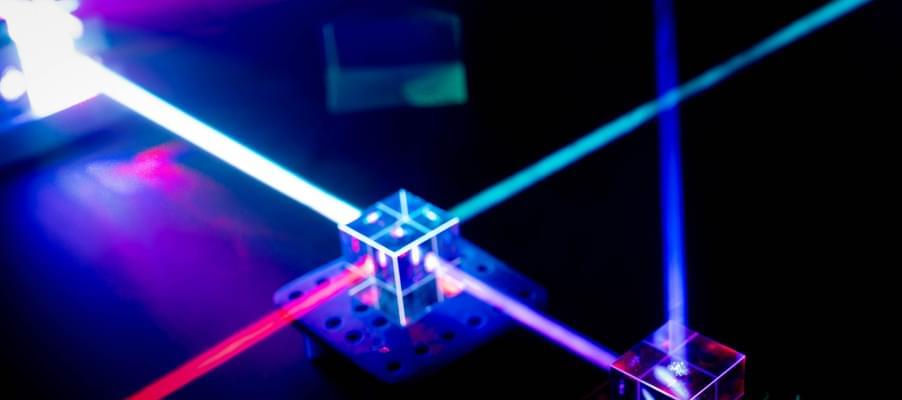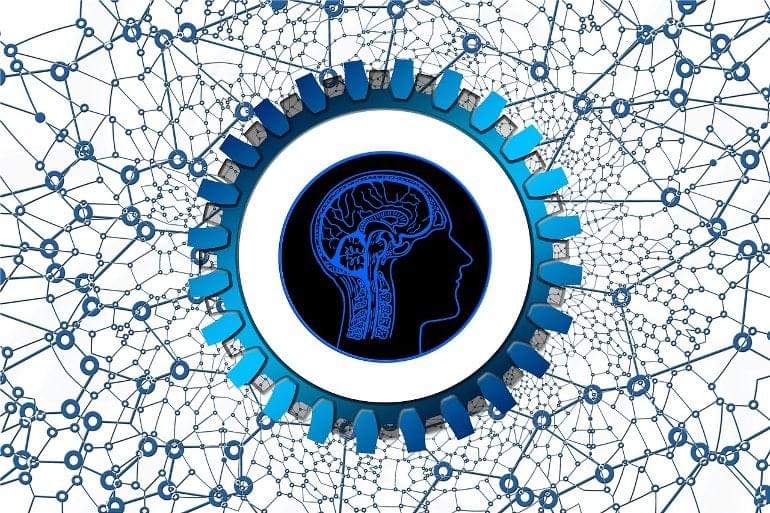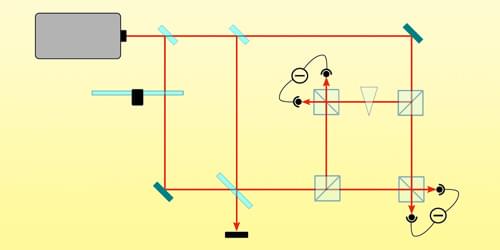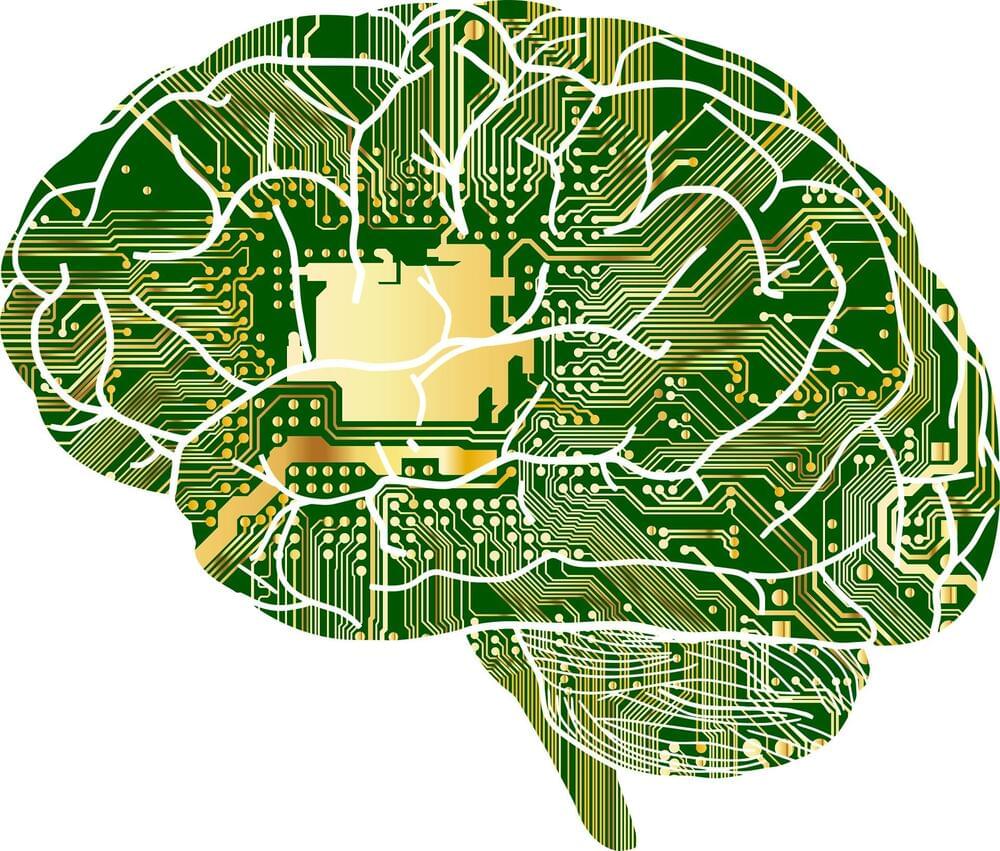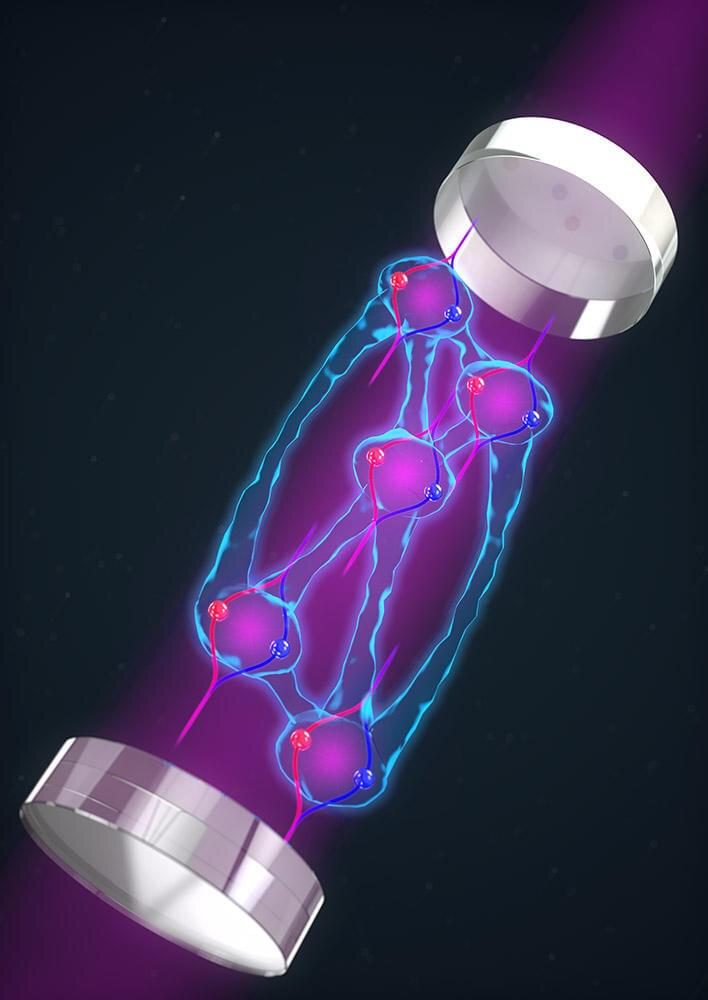
JILA and NIST Fellow James K. Thompson’s team of researchers have for the first time successfully combined two of the “spookiest” features of quantum mechanics to make a better quantum sensor: entanglement between atoms and delocalization of atoms.
Einstein originally referred to entanglement as creating spooky action at a distance—the strange effect of quantum mechanics in which what happens to one atom somehow influences another atom somewhere else. Entanglement is at the heart of hoped-for quantum computers, quantum simulators and quantum sensors.
A second rather spooky aspect of quantum mechanics is delocalization, the fact that a single atom can be in more than one place at the same time. As described in their paper recently published in Nature, the Thompson group has combined the spookiness of both entanglement and delocalization to realize a matter-wave interferometer that can sense accelerations with a precision that surpasses the standard quantum limit (a limit on the accuracy of an experimental measurement at a quantum level) for the first time.
